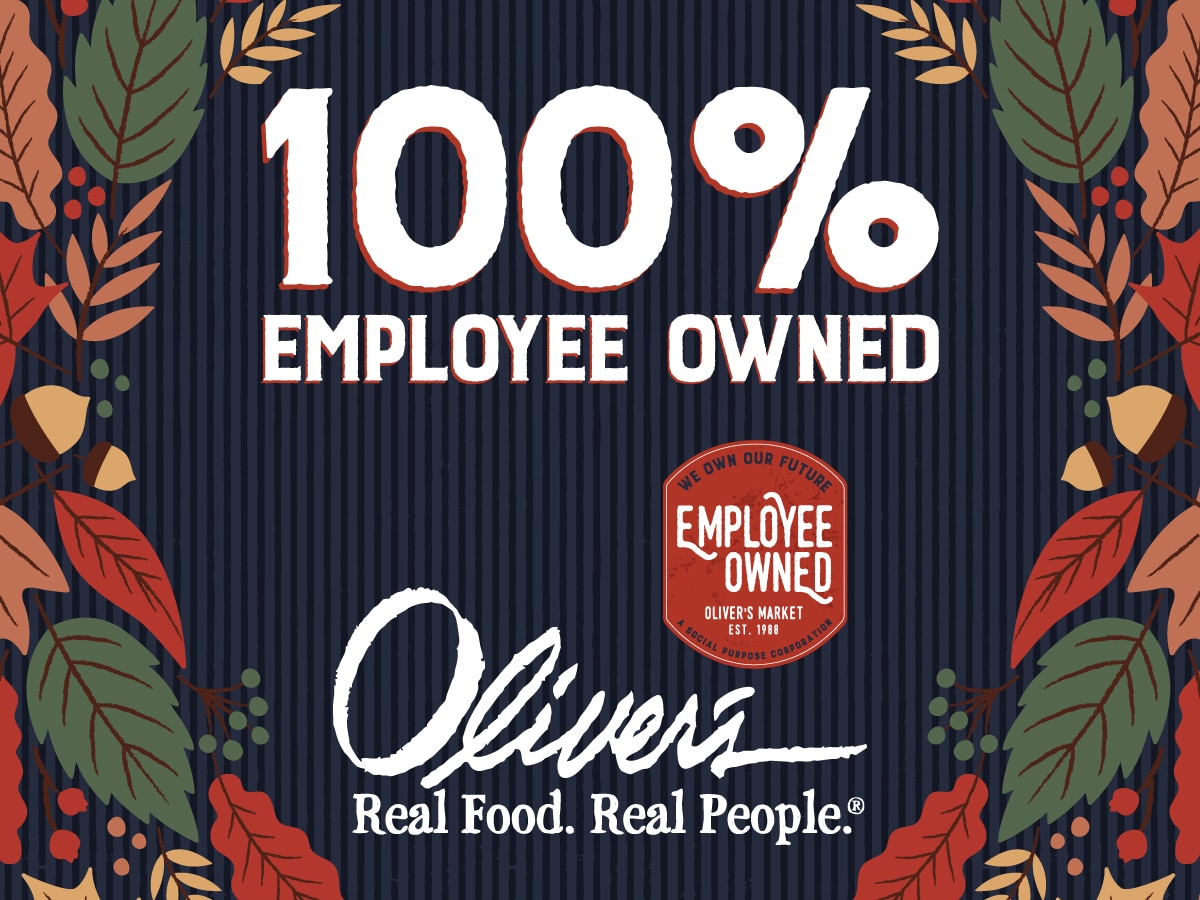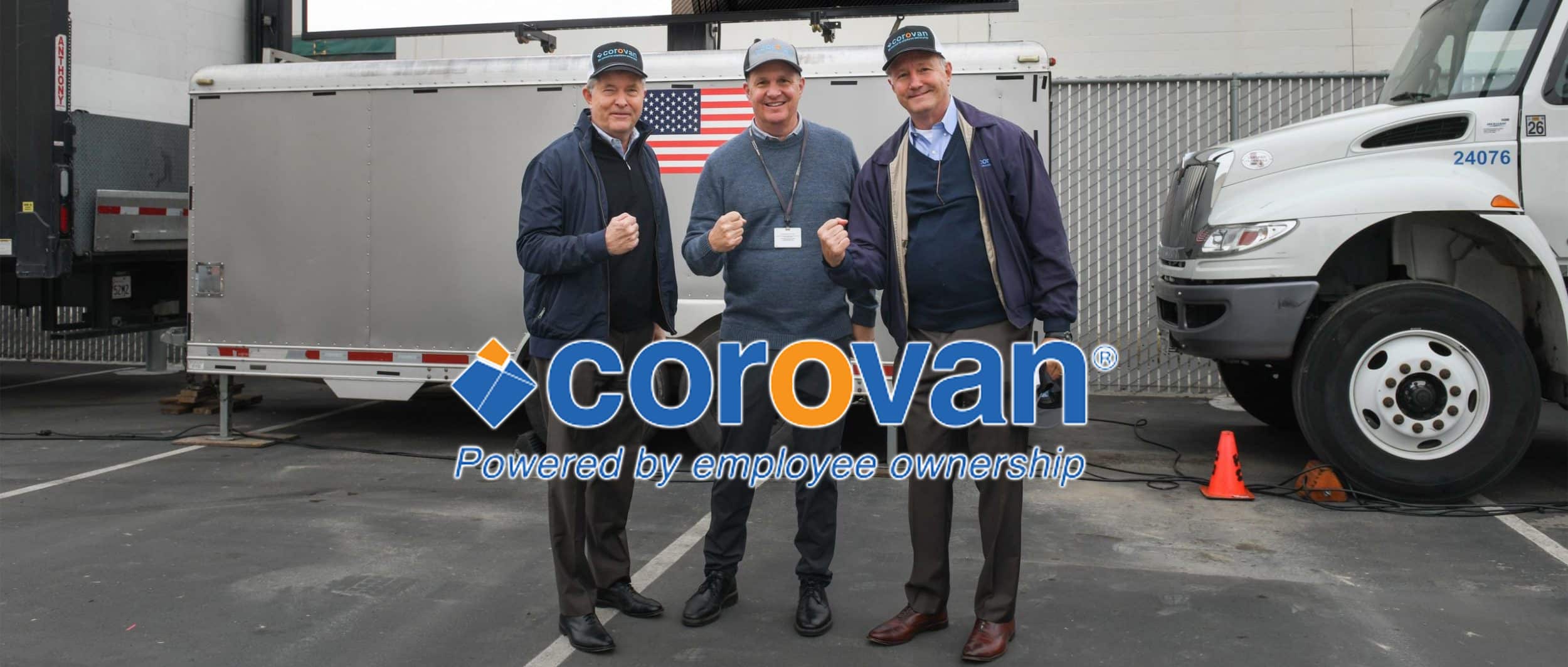Advantages to C Corporations
Many companies that have ESOPs fail to realize that their ESOP can be used to the finance acquisitions with pre-tax dollars. Normally, when debt is incurred to finance an acquisition, only the interest payments are deductible. Principal payments are not deductible. However, if the acquisition is financed through an ESOP, both the interest and the principal payments will be fully deductible, and this will be true whether the plan sponsor is structured as a regular C corporation or as an S corporation.
In addition, if both the acquiring company and the target company are structured as regular C corporations, or both convert to C corporation status before consummating the merger, then the shareholders of the target corporation can qualify for tax-free rollover treatment upon the sale of their stock to the acquiring company’s ESOP. This additional tax savings gives the acquiring company a distinct advantage in competing against other potential acquirors. In the alternative, the acquiring company may be able to acquire the target company at a lower price, given that the sellers will not be required to pay any tax on the sale proceeds.
Advantages to S Corporations
If the acquiring company is structured as an S corporation, the selling shareholders of the target corporation will not be able to qualify for tax-free rollover treatment since tax-free rollover treatment is only available to shareholders of C corporations. If the acquiring S corporation is less than 100% owned by its ESOP, then the company will still benefit by being able to repay the acquisition indebtedness with tax-deductible dollars. If the acquiring S corporation is 100% owned by its ESOP, then all of the company’s earnings will be exempt from income taxes and the company will not gain any benefit from being able to repay the acquisition indebtedness with tax-deductible dollars. However, if the acquiring S corporation is 100% owned by its ESOP and is therefore exempt from income taxes, the acquiring company will be able to repay its acquisition indebtedness much faster than if it were a regular tax paying entity.
Mechanics of Using an ESOP to Finance Mergers and Acquisitions By Regular C Corporations
The mechanics of using an ESOP to finance mergers and acquisitions by regular C corporations are these:
- The shareholders of the target company exchange all of their stock of the target company for newly issued common stock of the acquiring company under the terms of a tax-free merger. As a result of this transaction, the target company becomes a wholly owned subsidiary of the acquiring company, and the former shareholders of the target company become shareholders of the acquiring company.
- The acquiring company’s ESOP then borrows money from a bank or other lender and repurchases all of the newly issued common stock from the former target company shareholders for cash. In the alternative, the acquiring company’s ESOP repurchases all of the newly issued common stock from the former target company shareholders in exchange for seller notes.
- The selling shareholders then elect tax-free rollover treatment with respect to part or all of the proceeds received from the sale of the stock. To the extent selling shareholders reinvest the proceeds in qualified replacement securities within 12 months from the sale of sale, the sale will qualify for tax-free rollover treatment. Although the tax free rollover provision requires that the sellers have a three year holding period, most sellers will still qualify for tax free rollover treatment since the seller’s holding period is carried over in any tax free merger.
- In most cases, the target company will become a participating employer in the acquiring company’s ESOPs and will make annual contributions to the ESOP based upon the same percentage of payroll as contributions are made on behalf of the employees of the acquiring company. Thus, the target company’s employees will participate in future allocations of company stock pro rata with employees of the acquiring company. On the other hand, in some cases the target company may be excluded from participating in the acquiring company’s ESOP if this is deemed desirable or necessary, provided that the plan does not does not run afoul of the nondiscrimination tests set forth in Section 410(b) of the Internal Revenue Code.
Mechanics of Using an ESOP to Finance Mergers and Acquisitions By S Corporations
The mechanics of using an ESOP to finance mergers and acquisitions by S corporations are the same as for regular C corporations, except for the following:
- In those cases where the acquiring corporation is an S corporation and the target is an S corporation, the selling shareholders will not be able to take advantage of the tax-free rollover provisions since this provision does not apply to shareholders of S corporations. On the other hand, if the sellers are still employed by the target company, they can participate in the ESOP. By comparison, in the case of regular C corporations, if the sellers elect tax-free roller, they are not thereafter permitted to participate in the ESOP.
- In those cases where the acquiring corporation is an S corporation and the target is a C corporation, it is possible for the shareholders of the target to take advantage of the tax-free rollover provisions by having the target corporation first form their own ESOP. The target company shareholders would sell their shares to their own ESOP, usually in exchange for seller notes, and would elect tax-free rollover treatment. Then the target company would enter into a tax-free merger with the acquiring corporation. In most cases, the acquiring corporation refinances the seller notes with a bank loan so that the seller have all cash, and the sellers then use the cash to purchase “qualified replacement securities.”
- In those cases where the acquiring corporation is an S corporation and the target is a C corporation, the acquisition of a C corporation by an S corporation will have no adverse effect on the acquiring corporation’s S election, unless the acquisition results in the acquiring corporation having an ineligible shareholder or more than 100 shareholders. On the other hand, a regular C corporation subsidiary will still be required to pay taxes at the corporate rate. Accordingly, it is usually advisable for the C corporation to convert its status to that of a “disregarded” qualified subchapter S subsidiary.
- In those cases where the acquiring corporation is an S corporation and the target is an S corporation, the target corporation will have a prohibited corporate shareholder and will thus lose its S status. However, if the acquiring S corporation immediately elects to treat the target S corporation as a “disregarded” qualified subchapter S subsidiary, IRS regulations provide that the target corporation does not become a C corporation for any period.
Disadvantages of Using an ESOP to Finance Mergers and Acquisitions
There are very few disadvantages of using an ESOP to finance mergers and acquisitions. However, two possible disadvantages are these:
- The tax-free merger will result in the acquiring corporation having additional shareholders. There is always the possibility that these shareholders might decide to retain their shares rather than sell them to the ESOP. As a result, they would become minority shareholders of the acquiring corporation, and this might be disadvantageous in certain circumstances.
- If the ESOP is not the 100% shareholder of the acquiring company, a taxable acquisition may be more advantageous to the outside shareholders, since a taxable acquisition (unlike a tax free stock-for-stock exchange) would not dilute the equity held by the outside shareholders.







